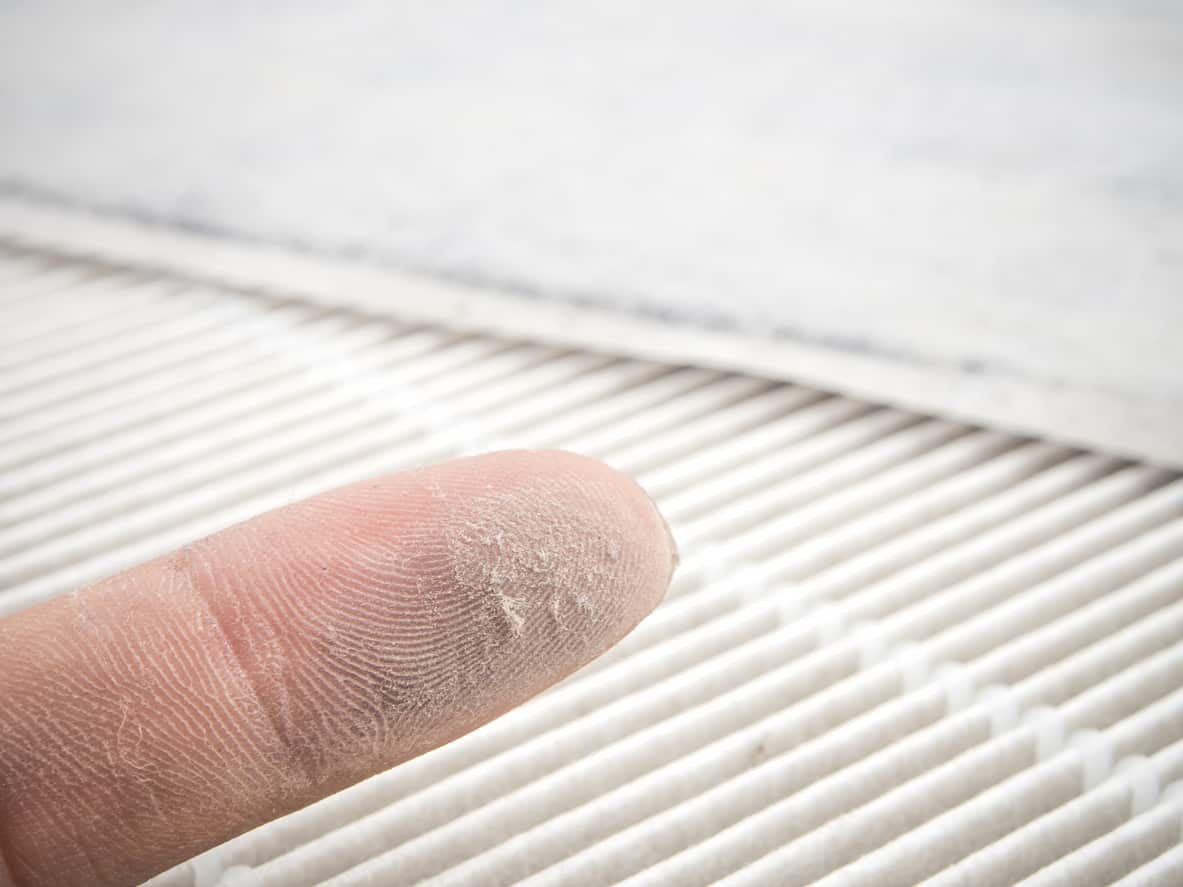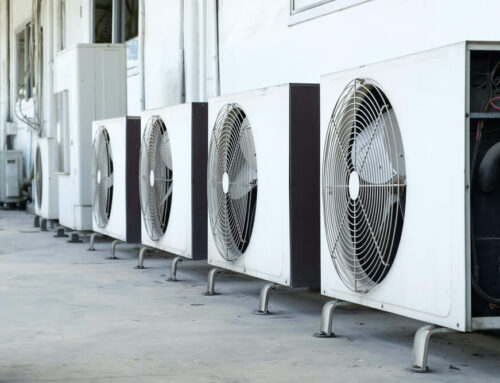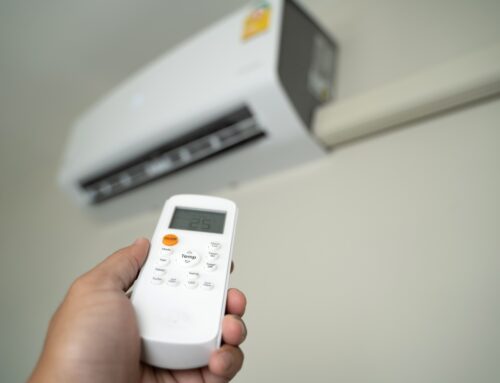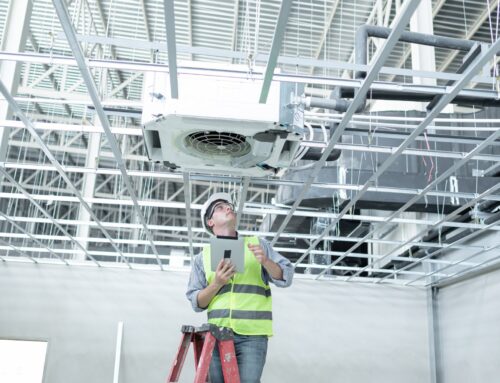Summer is finally drawing to a close and in a few months we’ll be switching our HVAC systems from cooling to heating mode. And although spring is the season usually associated with allergies, if you suffer from them, you’ll know that winter can also be problematic for you and the millions of fellow sufferers out there.
Spring is a particularly difficult season for allergy sufferers because of the higher than normal pollen content in the air. But pollen isn’t the only allergen out there, dust, mold, pet dander, even cockroach droppings can all trigger watering eyes, sneezes and congestion, all those miserable symptoms so painfully familiar to those of you with allergies.
And while enclosed spaces are a haven from the dreaded pollen in spring, the opposite can be true in winter when being indoors in the hot, dry air produced by air conditioning can often trigger an attack.
So if you are an allergy sufferer, what can you do to stop your home from turning into your own personal house of horrors this winter?
The good news is nobody is allergic to air, even hot, dry air, so if you’re having attacks at home it must be something in the air. And with a bit of loving, tender care for your HVAC system, the irritant can be removed.
Here are 5 tips on how to reduce allergens in home this winter:
-
Clean Your Air Filters
I know, I know, clean your air filters, the HVAC maintenance man’s mantra. But we only repeat it so much because it’s true. Not only does it prevent costly breakdowns, extend the life of your unit, and improve the air quality in your home, it’s also one of the most neglected steps in home maintenance in the U.S. So if you start coughing and sneezing the minute you walk in your door.
-
Dust Your Vents
Even if your air filters are as clean as a whistle, if you don’t dust your vents and registers regularly (once a week at least) dust will build up on them and then be circulated around your home every time your AC releases air.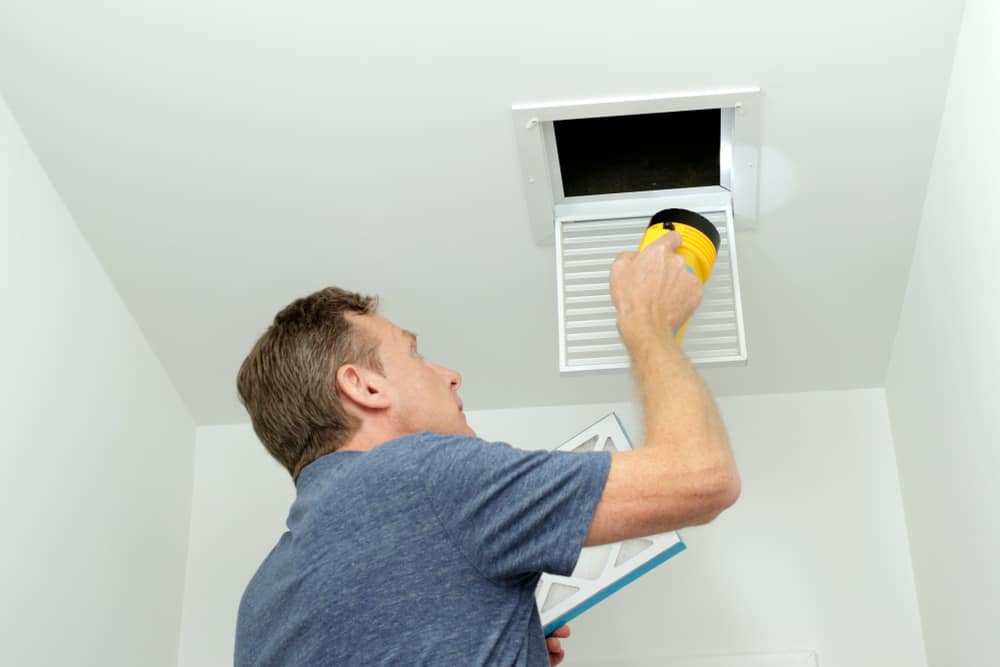
-
Keep Your Outdoor Unit Clean
Don’t let windblown leaves or garbage build up around your outdoor unit. These will trap dust and other potential allergens, which will then be drawn into your home.
-
Check Humidity Levels
Although dry air won’t cause an allergic attack, it will aggravate the symptoms of one. So if something outdoors has triggered an episode of coughing and sneezing, getting indoors might make you feel worse, not better.
Purchase a hygrometer, which you can pick up at your local hardware store, and measure the humidity levels in your home. If they are lower than 30%, you need to invest in a humidifier. These come as room units or whole house ones that can be fitted directly to your HVAC system. We recommend the whole house units for efficiency, comfort and ease of maintenance.
-
Check for Mold
If you’ve invested in that hygrometer and you’re getting readings of over 40% (50% in summer), your air is too humid and you risk mold forming on your walls, window frames and other nooks and crannies around your home through condensation.
If this is the case you need a dehumidifier to suck the water out of the air. Even if humidity levels are normal, it’s worth checking the condensate pan, and the whole interior of your indoor unit for signs of mold every month or so.
Air conditioners produce a lot of water and dark, damp places like the interior of your unit are always susceptible to mold growth. And if you already have a room humidifier, disassemble it and clean it weekly.
Your HVAC system is really one of the most important appliances in your home when it comes to both comfort and respiratory health, and the steps above will help maximize its benefits for both. And don’t worry, if they sound too technical or time-consuming for you to tackle, book an appointment now and we’ll get right on it for you.

